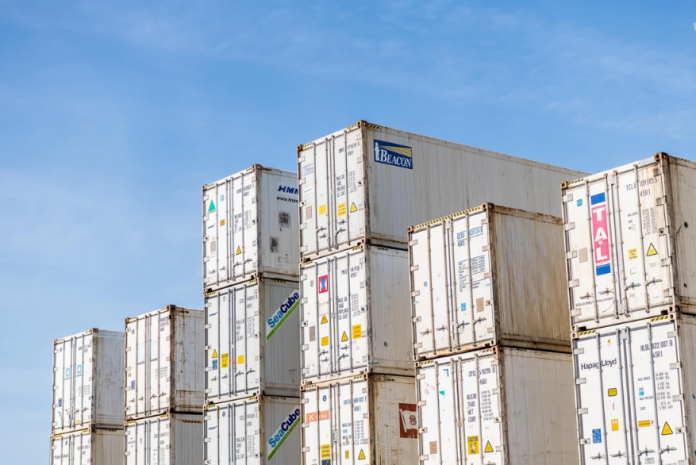
According to Dynamar analysis, container carriers and conventional reefer operators “hit the jackpot” in 2022, after struggling for many years and after a relatively prosperous 2021.
With the container shipping sector in full swing and much capacity absorbed by congestion, boxships could not provide enough space to carry all the cargoes they were offered.
Dynamar reports that containers were regularly rolled over onto the next sailing, got stuck in terminals, or spent lots of time floating in front of their destination port where all the quays were occupied and waiting until they could finally be unloaded.
From a cargo perspective overall perishables trade volumes across the major commodity groups, namely Dairy, Fishery Products, Fruit, Meat and Vegetables, rose to a new high of 173.9 million tons in 2021, showing strong growth of 3.6% year-on-year from 167.9 million tons in 2020.
Volumes grew across all the commodity groups, with meat and vegetables both performing well, rising from 32.2 million tons and 39.3 million tons to 34.2 million tons and 42.18 million tons respectively. In regional terms, there was a significant variety with perishables exports falling in the Far East and Central America, while growing strongly in Europe and Africa.
“Despite the strong performance of the perishables market in 2021, challenges remain aplenty,” pointed out Frans Waals and Jonathan Mummery, consultants of Dynamar and the authors of the latest reefer analysis.
They explain, “Supply chain disruption, while easing, is still causing problems worldwide and the role played by record inflation figures is beginning to manifest itself in day-to-day life and international trade. As a result, in the first three quarters of 2022, container trade reduced by almost 2.5%, with recent months showing higher declines than those at the start of the year.”
On the supply side, we see the global port congestion come to an end. Additionally, the demand seems to be at lower levels. As a result, we note a shortage of ships to dwindle. “Where at the peak some 12% of vessel capacity was caught in congestion, in November 2022, the laid-up fleet was approaching 500,000 TEU, which is four times as high as in the first two months of that year,” said the Dynamar analysis.
Dynamar forecasts that perishable export volumes will fall slightly in 2022 before rebounding again in the next year. On the shipping side, for 2023, shipyards are expected to deliver 330 ships with a massive 2.3 million TEU capacity and for 2024, 390 ships with space for 3 million TEU are in the pipeline.
“Slippage or cancellation of orders is likely to reduce the actual deliveries, but still at 20% of the current fleet, the influx of new tonnage is set to severely disrupt the container shipping market,” said Waals and Mummery.
Furthermore, the Carbon Intensity Indicator (CII) regulation, imposed by the International Maritime Organization (IMO), which enters into force in January 2023, may play a role in the container market during the next year with conventional reefer ships being expected to even more affected by the new regulation.
As, generally, they are old and fuel hungry and many of them will be forced to sail at lower speeds than the market requires, their competitive advantage of being able to provide faster transit times with their direct sailings than container ship operators with their liner services and hub and spoke format will be lost, according to the Dynamar’s consultants.
“Already, demolition is at a relatively high level, and it is likely to rise even further,” pointed out Waals and Mummery in their analysis.
 Hotline: 0944 284 082
Hotline: 0944 284 082
 Email:
Email: 


 VN
VN